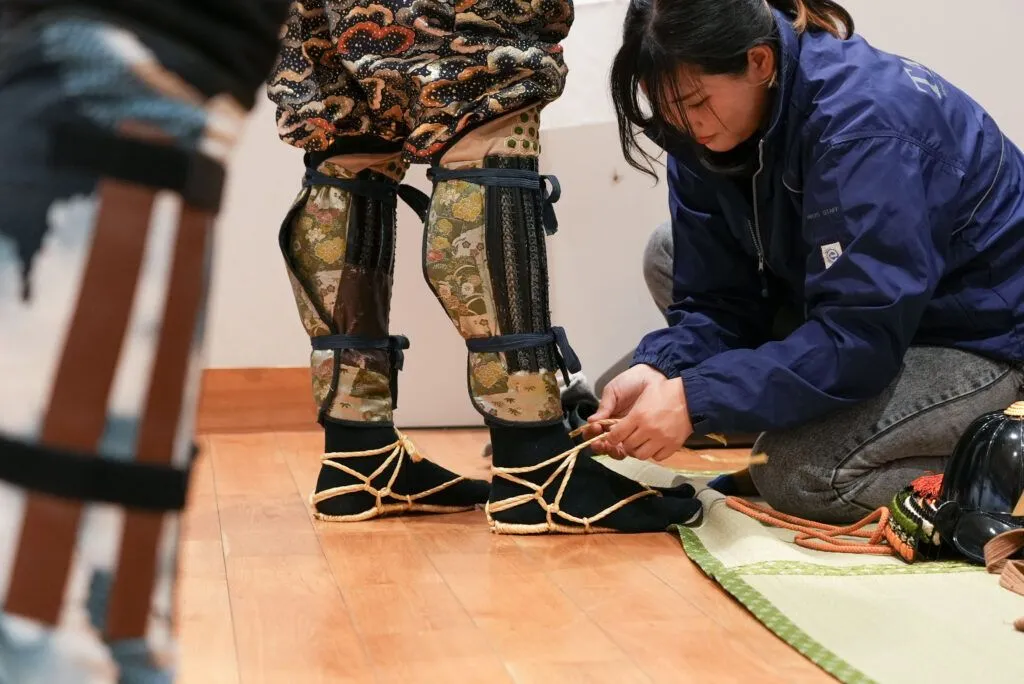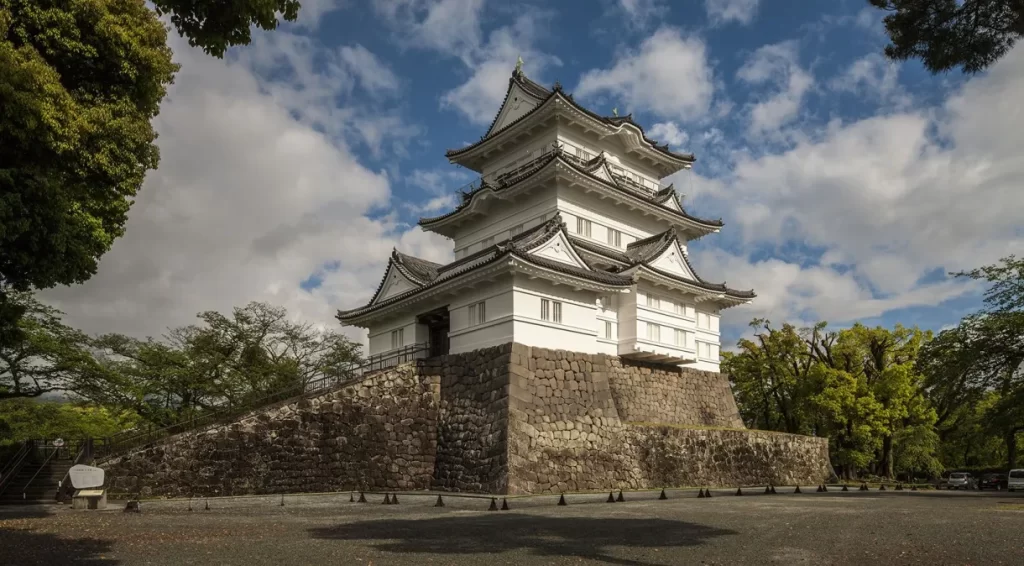The traditional “kabuto” helmet and the adjustment of the chin strap with a cord complete the transformation of Simon Celestine, who arrived at Odawara Castle as a tourist from France. Through this experience, he has become the lord of one of the most impressive feudal fortresses in Japan – if only for a day.
Just 80 kilometers from the center of Tokyo, Odawara is an attractive port city with a rich history rooted in the powerful Hojo clan, the loyal ninja Fuma, and the climactic battle that took place here in 1590, shaping modern Japan.

However, all too often, foreign visitors pass through the city on a bullet train en route to the “Golden Route” destinations of Tokyo, Kyoto, and Osaka.
With the number of foreign visitors surpassing pre-pandemic peaks, the Japanese government is committed to encouraging tourists to explore some of the lesser-known but equally impressive destinations in the country.
Odawara has been selected as one of the first beneficiaries of government assistance to tell its story, and local tourism authorities have been busy devising initiatives to capitalize on its strengths.
“We really hope that our campaign puts Odawara on the map and encourages more people to visit and stay overnight,” said Naoya Asao, head of international promotion at the Odawara Tourism Association.
Odawara is often seen as the gateway to better-known destinations such as Hakone or the Izu Peninsula, but there is much to see and do here. “We have a great history, and we think turning visitors into ‘daimyo for the day’ is a unique way to share that,” Asao added.
Assisted by costume experts who typically dress actors in period films and Japanese television dramas, visitors first don long white shirts tied at the waist. They are then required to wear wide leggings above the knees, snug on the shins, before the guards, traditionally made of iron splints connected to chainmail, are put on.
Individually armored sleeves covered with colorful designs are tied in place one by one before the “do,” or chest armor, is secured.
With a wide belt at the waist, each of the modern warriors is handed their weapons. The long sword, or “katana,” is for defeating enemies, they are told, while the shorter “wakizashi” should remain sheathed until its owner has committed a sin serious enough to require “seppuku,” or ritual self-disembowelment with an L-shaped cut in the abdomen.




